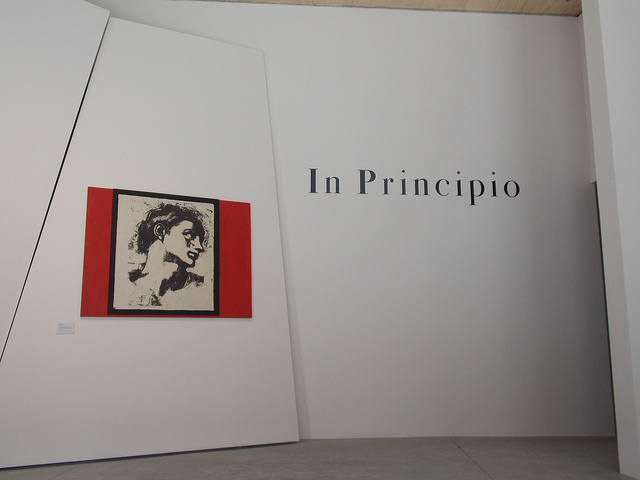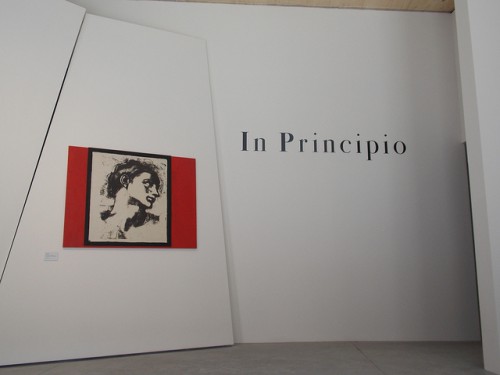21st April 2015
Britain and the Vatican Art Collection


The Holy See’s decision to take part in the Venice Biennale, after its inaugural participation in 2013, reminds us of the extraordinary role played by the Popes in the history and production of art.
For much of its history, the Holy See was an undoubted centre of connoisseurship, patronage and artistic endeavour. It is impossible for example, to think of the great artists and architects of the 16th and 17th centuries – Michelangelo, Raphael, Bramante, Bernini, Caravaggio – without considering the milieu of Church connoisseurship and patronage in which they flourished. Millions of people flock to Rome each year to see their masterpieces, many still in the palaces and churches for which they were made. The Vatican’s artistic collections, put together over centuries, are unrivalled, and British museums regularly apply to the Vatican Museums, the Vatican Library and the Vatican Secret Archive to borrow artistic treasures as key elements in temporary exhibitions.
Many of the treasures now in the Vatican were almost lost, and it was in large part thanks to the United Kingdom that they are in Rome to be enjoyed today. At the Treaty of Tolentino, signed in 1797 under duress by Pope Pius VI, Napoleon appropriated hundreds of works of art as a form of protection money against invasion of the Papal States. The invasion happened anyway not long afterwards, and it was not until 1815 that the Holy See was in a position to seek the restoration of its collections. Cardinal Consalvi, Pope Pius VII’s right hand man, received a sympathetic hearing in London, and the British government and the Royal Navy assisted in transporting the most famous Vatican art treasures back to Rome.
Consalvi had been the first Cardinal to visit London since the reign of Queen Mary in the 16th century, and his portrait by Sir Thomas Lawrence, alongside that of Pius VII, now hangs in the Waterloo Chamber at Windsor Castle. It’s a reminder that even before the re-establishment of diplomatic relations in 1914, Britain and the Holy See maintained close contact. The many British visitors to the Holy See pavilion at the Venice Biennale and the Vatican Museums this summer will be following in a great tradition of artistic exchange, scholarship and patronage that continues to this day.